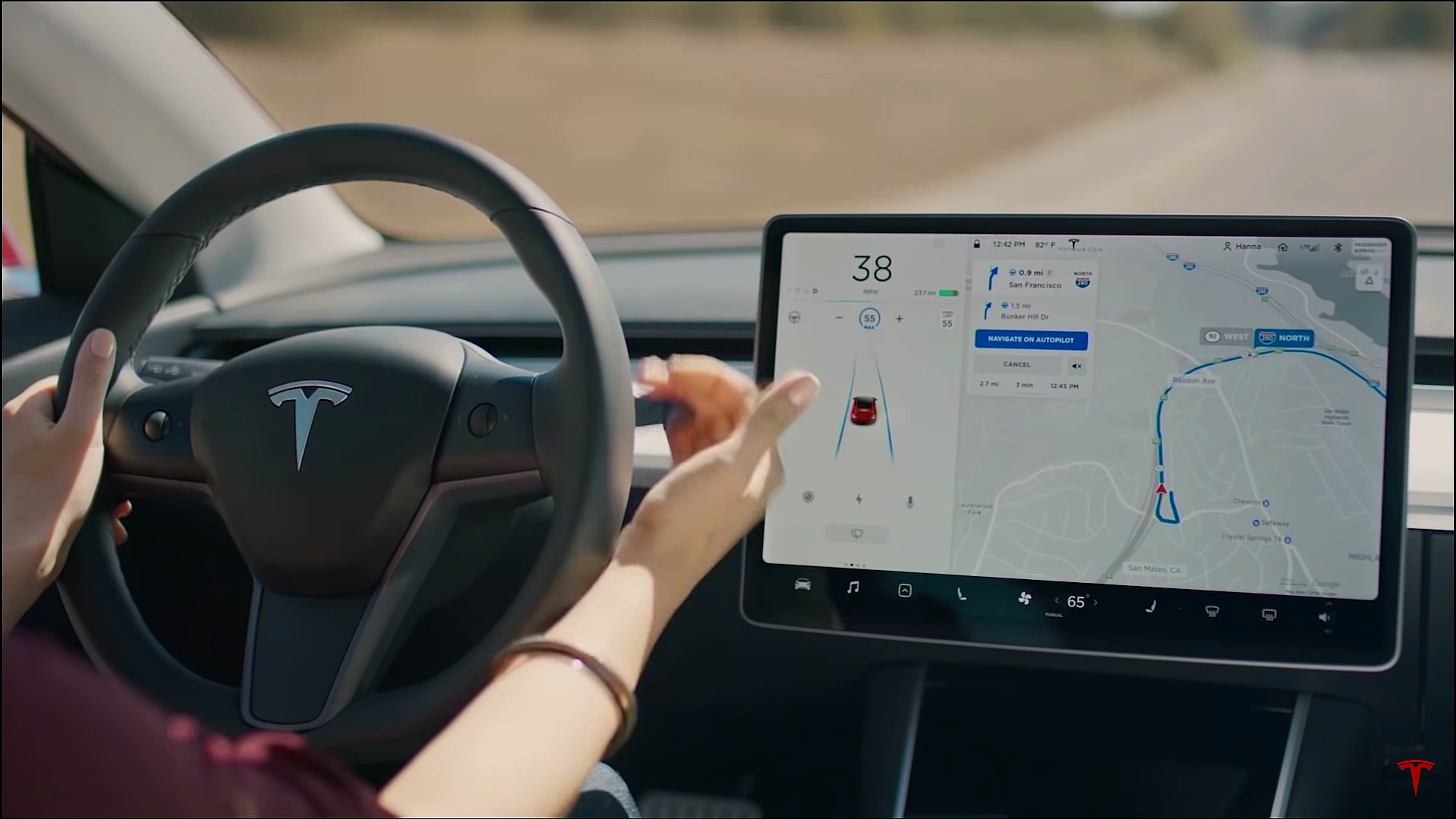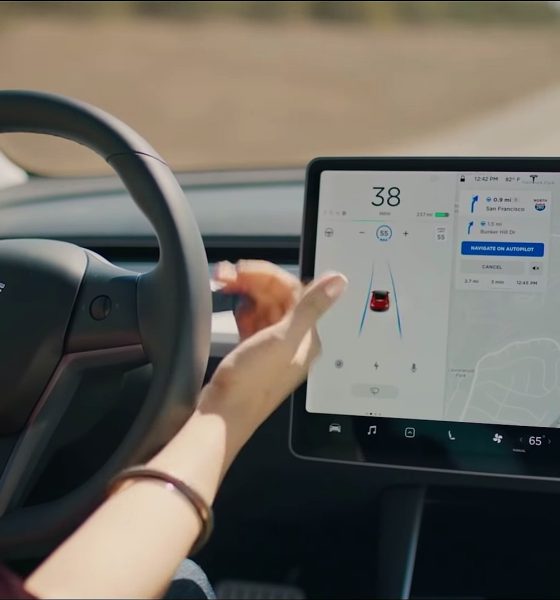The Insurance Institute for Highway Safety (IIHS) tested Tesla Autopilot safeguards and found that drivers are pretty quick to adapt to the windows of opportunity the suite gives after warning them to pay attention.
The IIHS study sought to determine whether partially automated driving systems and their safeguards increase driver attentiveness. With the rollout of more advanced driver assistance systems (ADAS) and semi-autonomous driving functionalities, the goal is to increase safety.
However, these suites still require the driver to pay attention and be aware of any potential opportunity to take over if needed. These driving systems and features are designed to increase safety but still require the driver’s full attention, hence their semi-autonomous label.
Credit: Tesla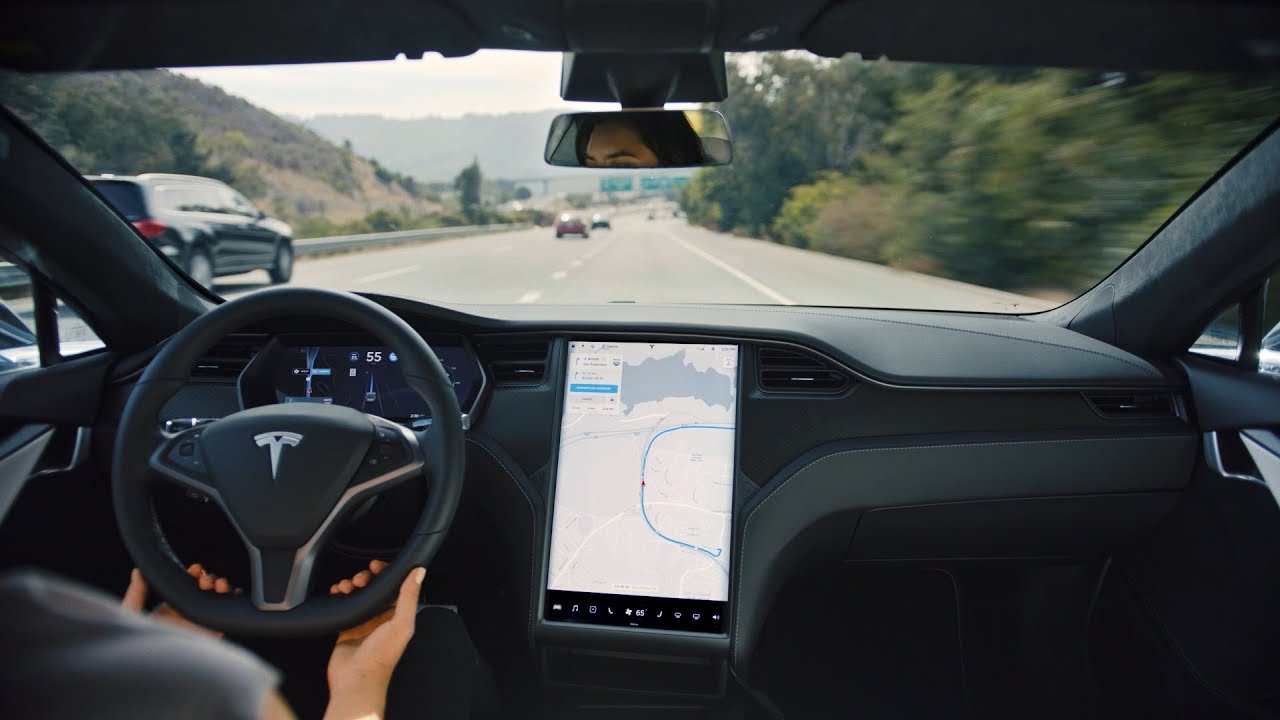
For the study, the IIHS tested both Tesla Autopilot safeguards and those available in Volvo’s Pilot Assist.
The study gave 14 drivers a month with a 2020 Tesla Model 3 and required them to travel on Autopilot, when available, over one month. The IIHS wanted to see how drivers behaved leading up to, during, and after attention reminders prompted by a lack of focus on their end.
The Autopilot study found that drivers could learn safeguard sequences and identify “windows of opportunity” to perform non-driving-related tasks. These vehicles still utilized an Autopilot nag and a torque sensor to monitor whether the driver was paying attention. Failure to keep hands on the steering wheel would result in attention reminders.
Failure to change after the reminders would result in suspension of the Autopilot system, commonly referred to as “Autopilot jail.”
The study found:
“In total, the volunteers drove a little more than 12,000 miles with Autopilot engaged. During that time, they triggered 3,858 attention-related warnings from the partial automation system. About half of those alerts occurred when they had at least one hand on the steering wheel but were apparently not moving it enough to satisfy the torque sensor.”
Most warnings did not go past the initial reminder, and only 72 instances resulted in the driver not responding fast enough to prevent the alerts from escalating.
The study found that while initial warnings increased by 26 percent over the first four weeks, showing drivers were prone to expect it, escalations fell by 64 percent, meaning they did not allow the system to continue warning them.
However, this does not mean that non-driving secondary activities stopped after the first warning. Instead, the study showed something interesting:
“The researchers found that the drivers did nondriving secondary activities, looked away from the road, and had both hands off the wheel more often during the alerts and in the 10 seconds before and after them as they learned how the attention reminders worked. The longer they used the system, the less time it took them to take their hands off the wheel again once the alerts stopped.”
The IIHS admits that the safety impact of the change is hard to measure. While the agency noted that some research shows the longer a driver allows their attention to wander, the more likely they will be involved in an accident, the study also said that “even short lapses of attention become so frequent that the periods of supposed engagement between them have little value.”
The study also said the safeguards can be beneficial to behavior immediately and in the longer term, and other patterns showed potentially unintended consequences:
“The current study has shown that driver interactions with partial automation are dynamic. Some of the changes we observed indicate that system safeguards can beneficially shape behavior both immediately and in the longer term, whereas other patterns revealed potentially unintended consequences. It is important to note that these findings are likely not unique to Tesla’s Autopilot, as many systems on the market have overtly similar safeguard designs. As such, some observations from this study maybe relevant to other driver assistance technology that still requires the driver to be engaged in the driving task.”
IIHS Senior Research Scientist Alexandra Mueller, who led the study, said:
“These results show that escalating, multimodal attention reminders are very effective in getting drivers to change their behavior. However, better safeguards are needed to ensure that the behavior change actually translates to more attentive driving.”
While this study provides evidence that perhaps better safeguards are needed, it is important to note that Tesla has upgraded the in-cabin camera to monitor driver attentiveness.
Tesla activates cabin-facing camera in bid to improve vehicle safety
Additionally, many cars are on the road without these driver assistance and safety features.
Distracted driving is going to occur whether a vehicle is equipped with modern technology or not.
Tesla and other automakers have brought their newest vehicles up to speed in the fight against distracted driving, and perhaps this study showed that warnings could and should come at varying rates to prevent anticipation from drivers.
I’d love to hear from you! If you have any comments, concerns, or questions, please email me at joey@teslarati.com. You can also reach me on Twitter @KlenderJoey, or if you have news tips, you can email us at tips@teslarati.com.

Elon Musk
SpaceX’s Starship program is already bouncing back from Booster 18 fiasco
Just over a week since Booster 18 met its untimely end, SpaceX is now busy stacking Booster 19, and at a very rapid pace, too.
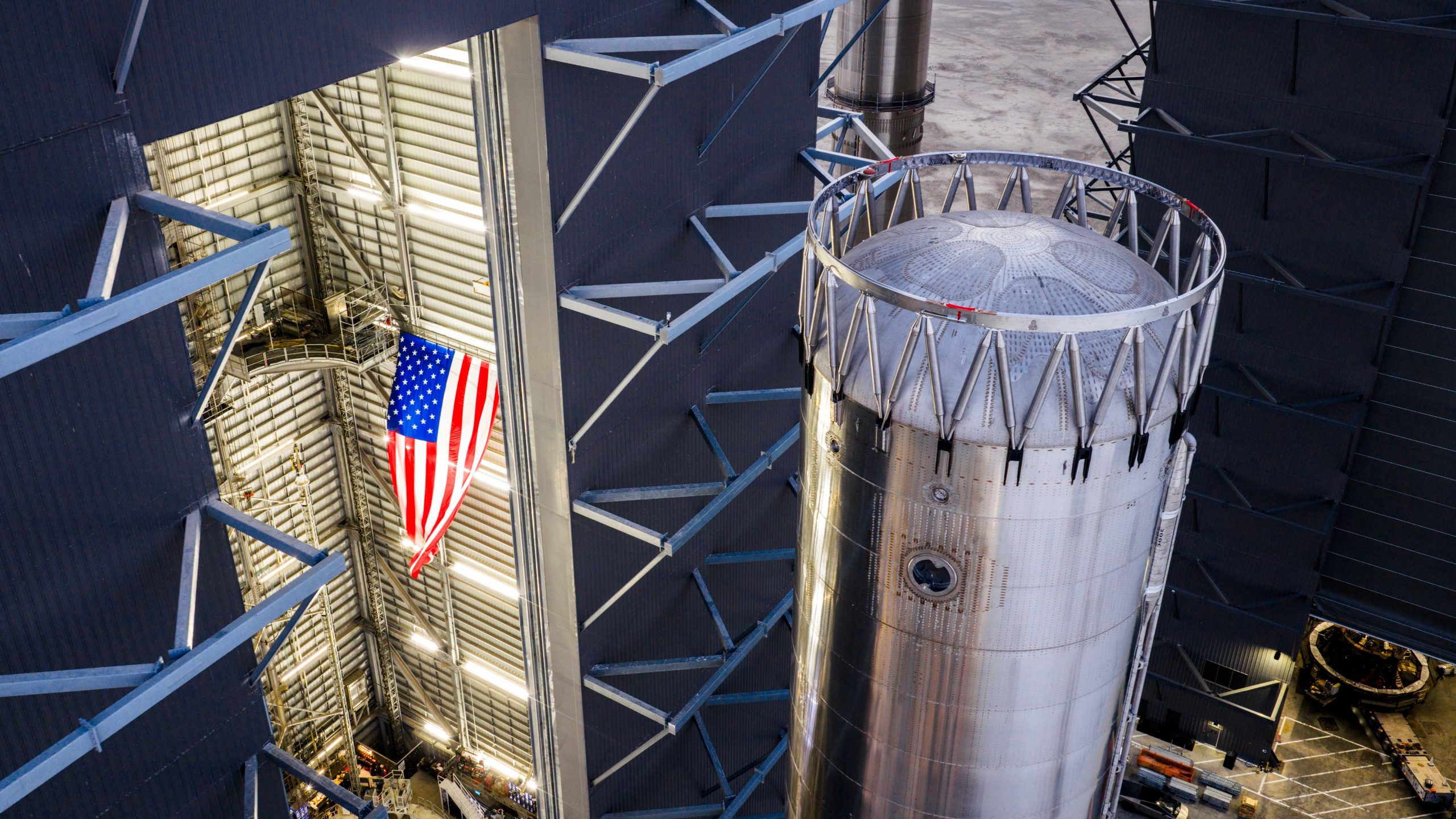
SpaceX is already bouncing back from the fiasco that it experienced during Starship Booster 18’s initial tests earlier this month.
Just over a week since Booster 18 met its untimely end, SpaceX is now busy stacking Booster 19, and at a very rapid pace, too.
Starship V3 Booster 19 is rising
As per Starbase watchers on X, SpaceX rolled out the fourth aft section of Booster 19 to Starbase’s MegaBay this weekend, stacking it to reach 15 rings tall with just a few sections remaining. This marks the fastest booster assembly to date at four sections in five days. This is quite impressive, and it bodes well for SpaceX’s Starship V3 program, which is expected to be a notable step up from the V2 program, which was retired after a flawless Flight 11.
Starship watcher TankWatchers noted the tempo on X, stating, “During the night the A4 section of Booster 19 rolled out to the MegaBay. With 4 sections in just 5 days, this is shaping up to be the fastest booster stack ever.” Fellow Starbase watcher TestFlight echoed the same sentiments. “Booster 19 is now 15 rings tall, with 3 aft sections remaining!” the space enthusiast wrote.
Aggressive targets despite Booster 18 fiasco
SpaceX’s V3 program encountered a speed bump earlier this month when Booster 18, just one day after rolling out into the factory, experienced a major anomaly during gas system pressure testing at SpaceX’s Massey facility in Starbase, Texas. While no propellant was loaded, no engines were installed, and no one was injured in the incident, the unexpected end of Booster 18 sparked speculation that the Starship V3 program could face delays.
Despite the Booster 18 fiasco, however, SpaceX announced that “Starship’s twelfth flight test remains targeted for the first quarter of 2026.” Elon Musk shared a similar timeline on X earlier this year, with the CEO stating that “ V3 is a massive upgrade from the current V2 and should be through production and testing by end of year, with heavy flight activity next year.”
Considering that Booster 19 seems to be moving through its production phases quickly, perhaps SpaceX’s Q1 2026 target for Flight 12 might indeed be more than feasible.
News
Elon Musk makes a key Tesla Optimus detail official
“Since we are naming the singular, we will also name the plural, so Optimi it is,” Musk wrote on X.
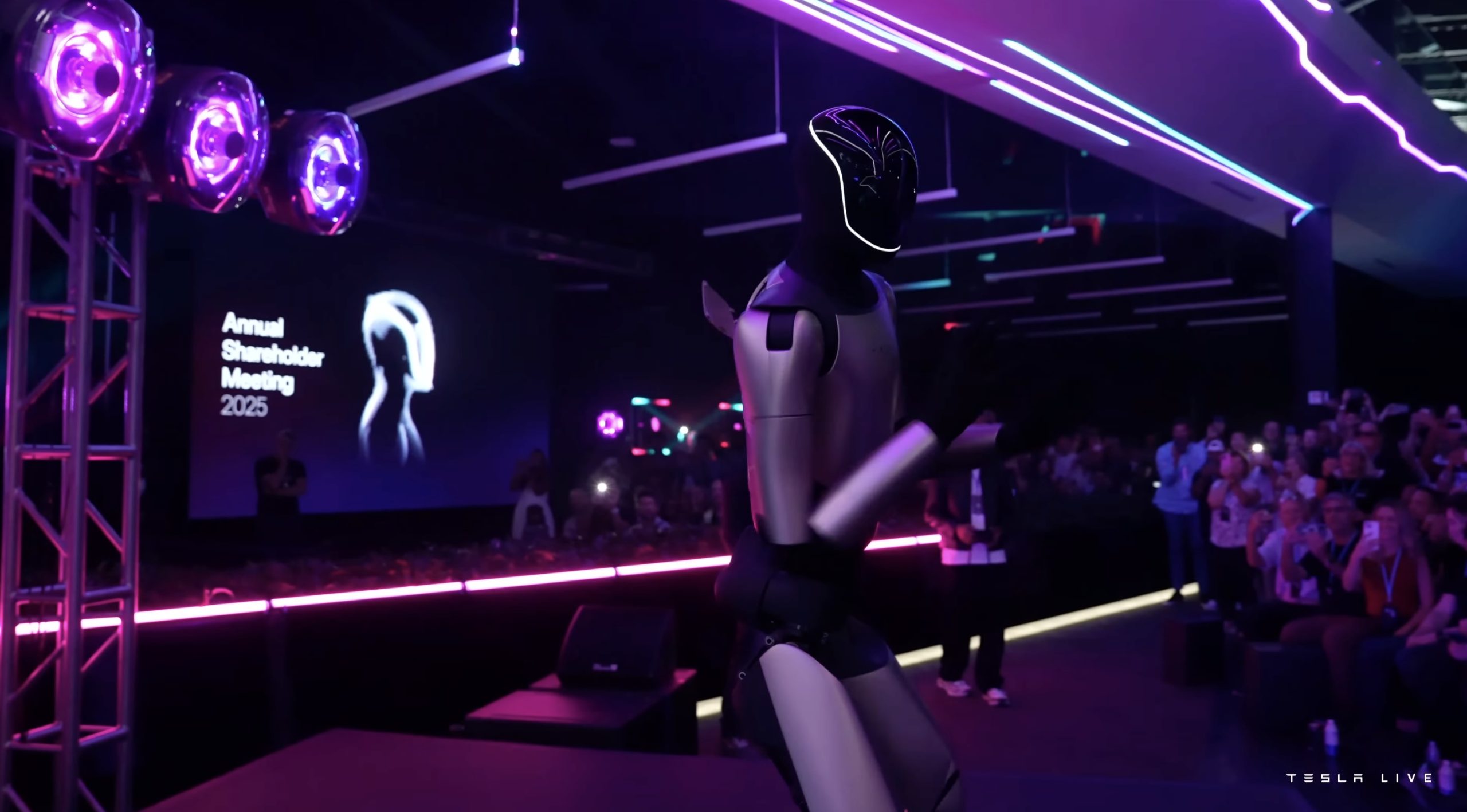
Tesla CEO Elon Musk just made a key detail about Optimus official. In a post on X, the CEO clarified some key wording about Optimus, which should help the media and the public become more familiar with the humanoid robot.
Elon Musk makes Optimus’ plural term official
Elon Musk posted a number of Optimus-related posts on X this weekend. On Saturday, he stated that Optimus would be the Von Neumann probe, a machine that could eventually be capable of replicating itself. This capability, it seems, would be the key to Tesla achieving Elon Musk’s ambitious Optimus production targets.
Amidst the conversations about Optimus on X, a user of the social media platform asked the CEO what the plural term for the humanoid robot will be. As per Musk, Tesla will be setting the plural term for Optimus since the company also decided on the robot’s singular term. “Since we are naming the singular, we will also name the plural, so Optimi it is,” Musk wrote in his reply on X.
This makes it official. For media outlets such as Teslarati, numerous Optimus bots are now called Optimi. It rolls off the tongue pretty well, too.
Optimi will be a common sight worldwide
While Musk’s comment may seem pretty mundane to some, it is actually very important. Optimus is intended to be Tesla’s highest volume product, with the CEO estimating that the humanoid robot could eventually see annual production rates in the hundreds of millions, perhaps even more. Since Optimi will be a very common sight worldwide, it is good that people can now get used to terms describing the humanoid robot.
During the Tesla 2025 Annual Shareholder Meeting, Musk stated that the humanoid robot will see “the fastest production ramp of any product of any large complex manufactured product ever,” starting with a one-million-Optimi-per-year production line at the Fremont Factory. Giga Texas would get an even bigger Optimus production line, which should be capable of producing tens of millions of Optimi per year.
News
Tesla is improving Giga Berlin’s free “Giga Train” service for employees
With this initiative, Tesla aims to boost the number of Gigafactory Berlin employees commuting by rail while keeping the shuttle free for all riders.
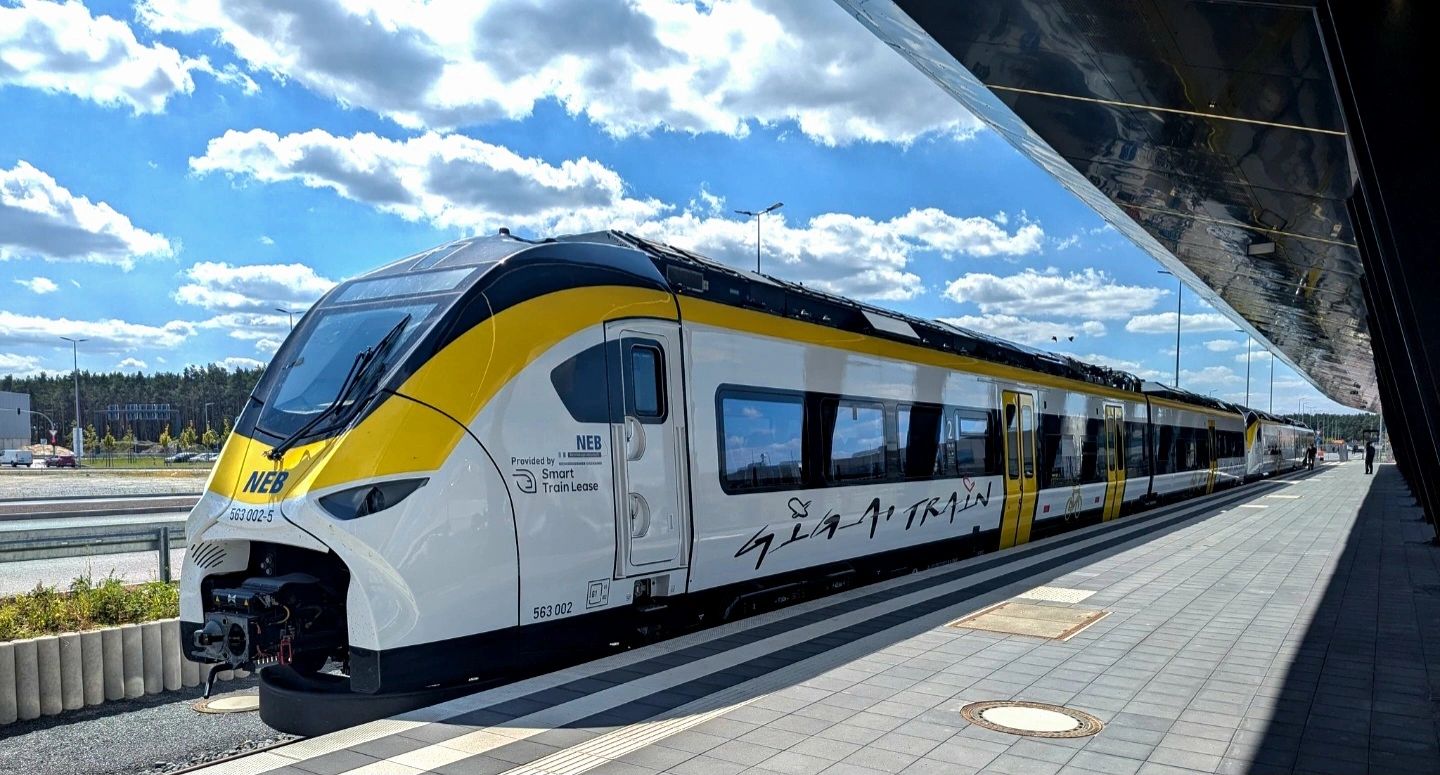
Tesla will expand its factory shuttle service in Germany beginning January 4, adding direct rail trips from Berlin Ostbahnhof to Giga Berlin-Brandenburg in Grünheide.
With this initiative, Tesla aims to boost the number of Gigafactory Berlin employees commuting by rail while keeping the shuttle free for all riders.
New shuttle route
As noted in a report from rbb24, the updated service, which will start January 4, will run between the Berlin Ostbahnhof East Station and the Erkner Station at the Gigafactory Berlin complex. Tesla stated that the timetable mirrors shift changes for the facility’s employees, and similar to before, the service will be completely free. The train will offer six direct trips per day as well.
“The service includes six daily trips, which also cover our shift times. The trains will run between Berlin Ostbahnhof (with a stop at Ostkreuz) and Erkner station to the Gigafactory,” Tesla Germany stated.
Even with construction continuing at Fangschleuse and Köpenick stations, the company said the route has been optimized to maintain a predictable 35-minute travel time. The update follows earlier phases of Tesla’s “Giga Train” program, which initially connected Erkner to the factory grounds before expanding to Berlin-Lichtenberg.
Tesla pushes for majority rail commuting
Tesla began production at Grünheide in March 2022, and the factory’s workforce has since grown to around 11,500 employees, with an estimated 60% commuting from Berlin. The facility produces the Model Y, Tesla’s best-selling vehicle, for both Germany and other territories.
The company has repeatedly emphasized its goal of having more than half its staff use public transportation rather than cars, positioning the shuttle as a key part of that initiative. In keeping with the factory’s sustainability focus, Tesla continues to allow even non-employees to ride the shuttle free of charge, making it a broader mobility option for the area.
